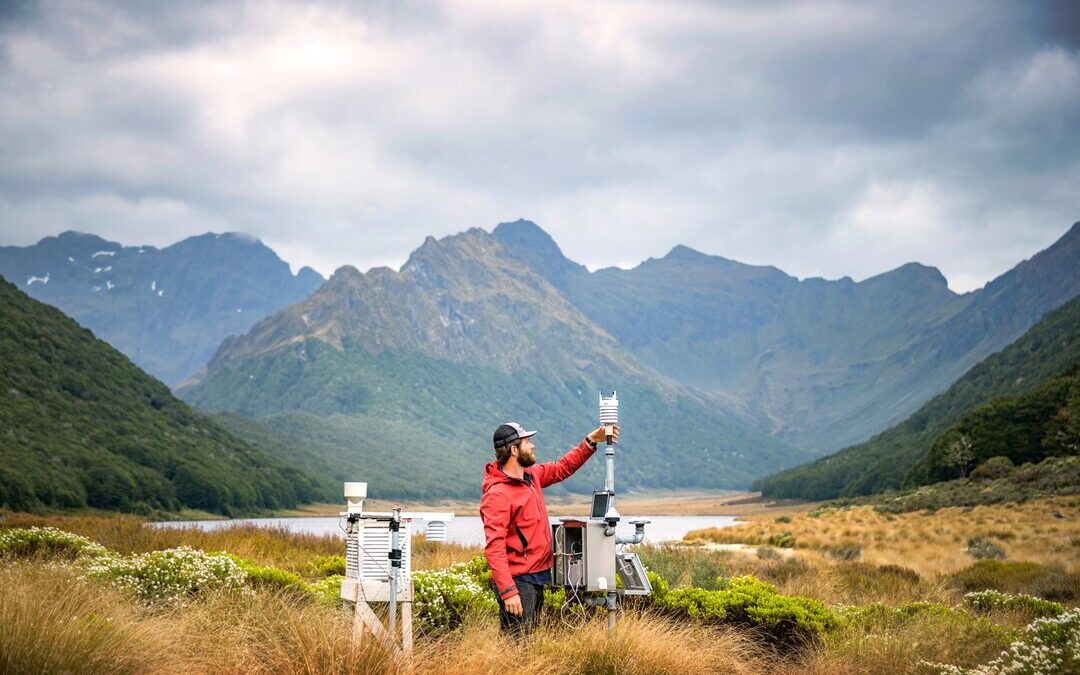HPE Supercomputer to Boost Weather Forecasting in New Zealand
HPE’s Cascade supercomputer boosts weather forecasting in New Zealand, enhancing climate resilience and disaster preparedness with AI.
Hewlett Packard Enterprise announced on Sunday that it has rolled out its Cray XD2000 system to power a new supercomputer for Earth Sciences New Zealand, delivering a threefold increase in computational capacity to strengthen climate research and weather forecasting.
Cascade to Replace Aging System
The new supercomputer, named Cascade, replaces Earth Sciences New Zealand’s aging high-performance computing platform.
The system allows researchers to run multiple AI-driven simulations simultaneously, giving meteorologists and scientists sharper insights into severe weather events.
By supporting more accurate weather forecasting, Cascade aims to bolster New Zealand’s resilience against hazards such as wildfires and flooding caused by heavy rainfall.
As an island nation, New Zealand is particularly vulnerable to atmospheric rivers, narrow atmospheric corridors that transport high concentrations of water vapor and trigger significant rainfall events.
“This upgrade with HPE Cray XD2000 marks a huge leap forward in our ability to understand and predict the environment around us,” said Dr. Jess Robertson, chief scientist for advanced technology at Earth Sciences New Zealand. “Enhancing scientific research with advanced technology gives us the tools to make smarter and safer decisions for New Zealand in a changing climate.”
Technology Built for Climate Science
Cascade runs on AMD 4th Gen EPYC processors and integrates with HPE GreenLake for File Storage, creating a simplified environment to manage 19 petabytes of data. The scale of the system will help accelerate research, speed decision-making, and support more informed responses during crises.
The supercomputer also features direct liquid cooling technology that minimizes energy and water consumption while efficiently cooling the cluster. Its flexible design allows for future expansion as demand for high-performance workloads grows.
Importantly, all electricity supplied to the CDC data center, where Cascade operates, is generated from renewable sources.
“We’re thrilled to partner with Earth Sciences New Zealand on this groundbreaking initiative,” said Chris Weber, vice president and managing director for HPE in the South Pacific. “By delivering advanced HPC and AI capabilities, we’re empowering New Zealand’s leading climate and environmental researchers with the tools they need to drive discovery. This collaboration also maximizes energy efficiency and leverages renewable energy.”
Largest Storage Deployment in Asia Pacific
Cascade represents the largest Asia Pacific implementation of HPE GreenLake for File Storage across both high-performance computing and traditional enterprise systems. This milestone highlights Earth Sciences New Zealand’s long-term commitment to climate resilience and public safety.
The organization, formerly known as NIWA, is internationally recognized for research in freshwater systems, geological resources, marine science, and energy futures. It also contributes to biodiversity protection, improved water quality, and the transition to a low-carbon economy.
Enabling Next-Generation Forecasting
In addition to longer-term climate projections, Cascade will enable “nowcasting,” an advanced weather forecasting technique powered by AI.
Nowcasting utilizes real-time data to predict short-term, highly localized weather conditions, thereby supporting renewable energy markets and emergency responses to extreme weather events.
Partnering with HPE ensures Earth Sciences New Zealand can operate Cascade at full capacity for longer, while scaling as needed.
The integration of AI, renewable energy and efficient cooling highlights the role of technology in enhancing weather forecasting and safeguarding communities against climate-driven risks.
Also Read:
CEA Sets New Standards for Automatic Weather Stations at Renewable Energy Sites
Nirmal Menon
Related posts

Subscribe
Error: Contact form not found.


